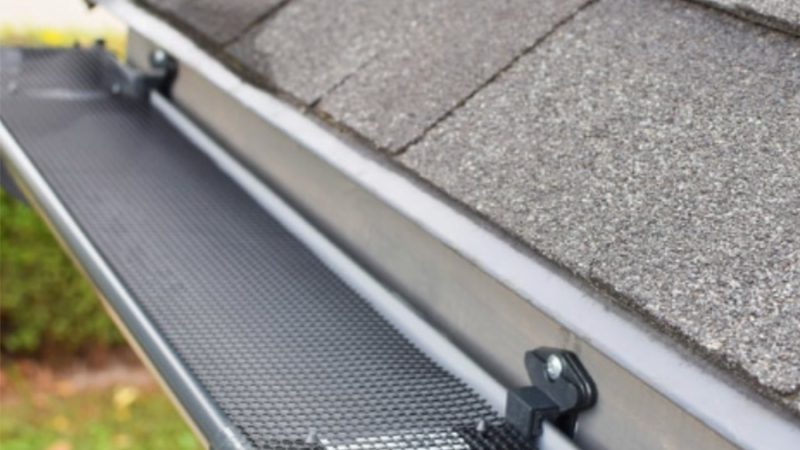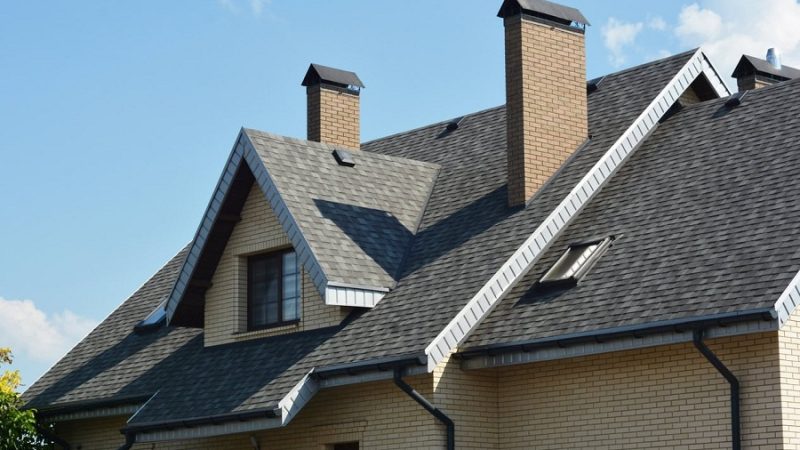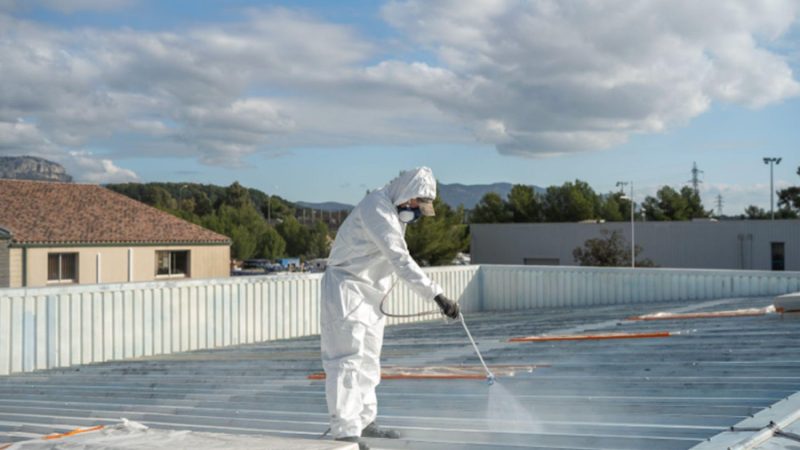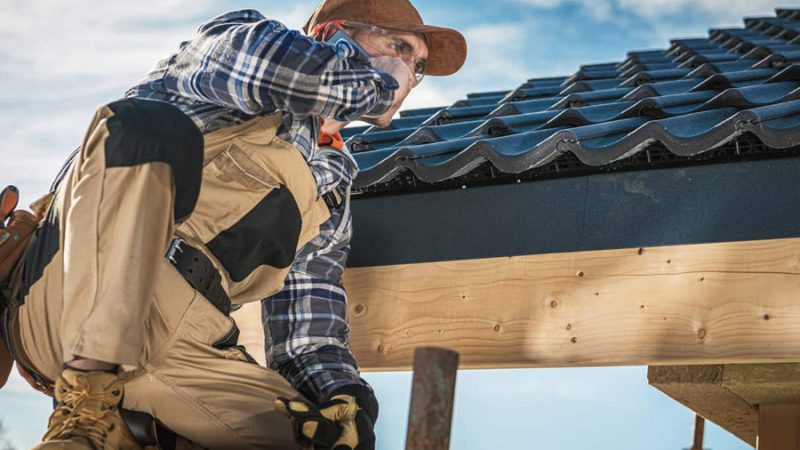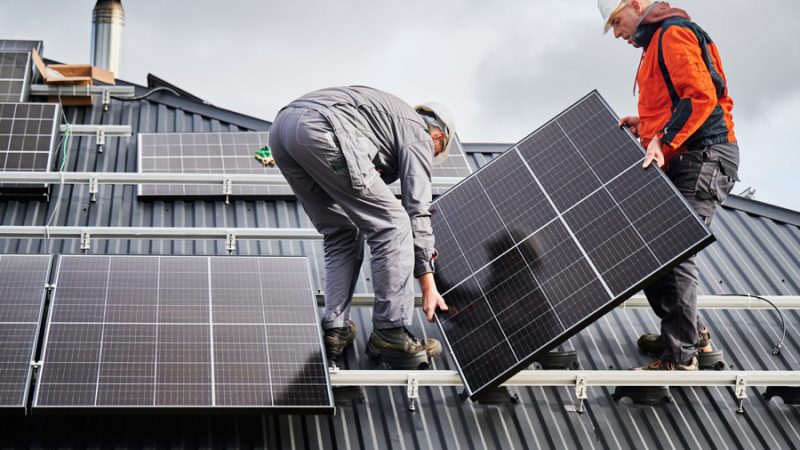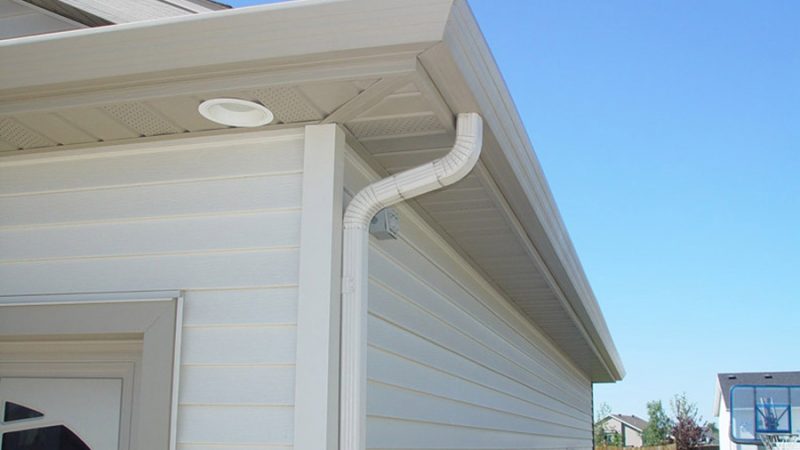Top Trends in Roof Design and Installation
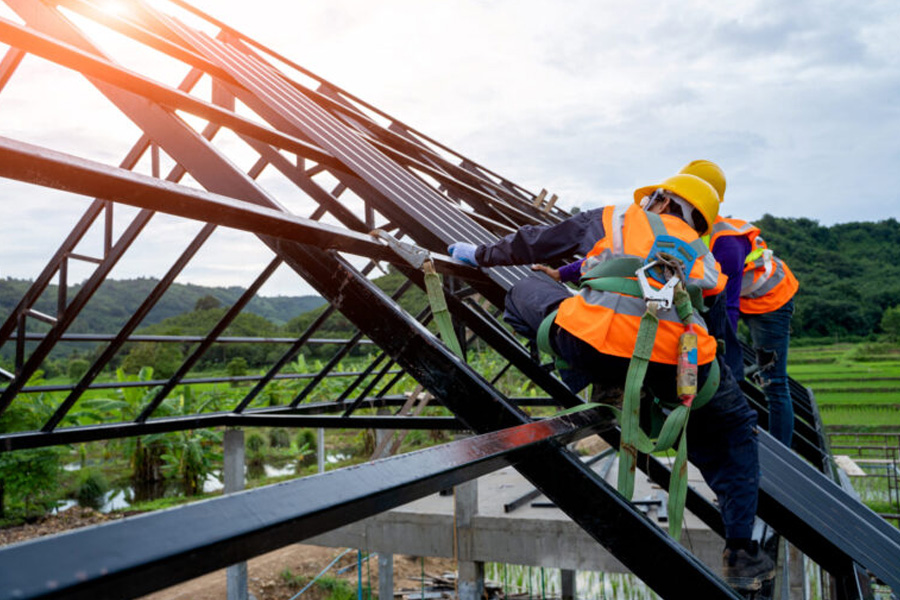
Roofing trends are constantly evolving as new technologies and materials become available. Today, homeowners are not only concerned about the functionality and durability of their roofs but also about the environmental impact and energy efficiency. In this blog post, we will explore the top trends in roof design and installation that are shaping the industry. From sustainable materials to smart roofing systems, these trends are revolutionizing the way roofs are built and maintained.
1. Sustainable Roofing Materials
The demand for sustainable roofing materials is on the rise as more homeowners look for eco-friendly options. Sustainable materials, such as recycled metal, reclaimed wood, and natural rubber, offer several benefits. These materials are not only environmentally friendly but also durable and long-lasting. They can reduce a home’s carbon footprint and help conserve natural resources. Additionally, sustainable roofing materials often have better insulation properties, which can result in energy savings and lower utility bills.
2. Cool Roofing
Cool roofing is another popular trend in roof design and installation. Cool roofs are designed to reflect sunlight and absorb less heat, reducing the amount of energy needed to cool the building. This can result in lower energy costs and a more comfortable indoor environment. Cool roofing materials, such as reflective coatings and light-colored tiles, help to maintain cooler temperatures on the roof surface even in hot climates.
3. Solar Panels and Renewable Energy
The integration of solar panels and other renewable energy systems into roof design is becoming increasingly common. Solar panels help homeowners generate their own electricity and reduce their reliance on the grid. They are not only environmentally friendly but also offer long-term cost savings. By installing solar panels on their roofs, homeowners can take advantage of government incentives and reduce their monthly electricity bills.
4. Green Roofs
Green roofs, also known as living roofs, are becoming more popular as homeowners embrace sustainable living. These roofs are covered with vegetation, providing a range of benefits. Green roofs can improve air quality, reduce urban heat island effect, and provide natural insulation. They also create additional green spaces, adding aesthetic value to the property. Green roofs require specialized installation and maintenance but offer long-term environmental and economic benefits.
5. Smart Roofing Systems
Advancements in technology have led to the development of smart roofing systems. These systems use sensors, automation, and remote monitoring to enhance the performance and functionality of roofs. Smart roofs can detect leaks, monitor temperature and humidity levels, and even adjust ventilation based on weather conditions. This technology not only improves the lifespan of the roof but also provides homeowners with real-time information to optimize energy efficiency and reduce maintenance costs.
6. Rainwater Harvesting
Rainwater harvesting is a sustainable practice that is gaining popularity among homeowners. It involves collecting and storing rainwater for later use, such as irrigation or flushing toilets. By installing a rainwater harvesting system on the roof, homeowners can reduce their dependence on municipal water sources and conserve water resources. This practice also helps to manage stormwater runoff and prevent soil erosion.
7. Energy-Efficient Insulation
Energy-efficient insulation is crucial for maintaining a comfortable indoor environment and reducing heating and cooling costs. Traditional insulation materials, such as fiberglass and cellulose, are being replaced by more advanced options like spray foam insulation and reflective insulation. These materials provide better insulation properties and minimize heat transfer, resulting in energy savings and improved comfort.
8. Modular Roofing Systems
Modular roofing systems are gaining popularity for their versatility and ease of installation. These systems consist of pre-fabricated roof modules that can be easily assembled on-site. Modular roofs offer several benefits, including cost savings, reduced construction time, and flexibility in design and customization. They are a popular choice for commercial buildings, but homeowners are also starting to embrace modular roofing for its efficiency and convenience.
9. Impact-Resistant Materials
With the increasing frequency of extreme weather events, impact-resistant roofing materials are in high demand. These materials, such as impact-resistant shingles and tiles, are designed to withstand hail, wind, and other weather-related damages. Impact-resistant roofs provide homeowners with peace of mind, knowing that their roofs can withstand the elements and protect their homes from costly roof repair los angeles and insurance claims.
10. Customized Roof Designs
Gone are the days of cookie-cutter roof designs. Today, homeowners are looking for unique and customized roof designs that enhance the aesthetic appeal of their homes. From curved roofs to intricate patterns, there are endless possibilities to create a roof that stands out. Customized roof designs not only add character to the property but also increase its value. Working with experienced architects and roof designers, homeowners can bring their vision to life and create a roof that is truly one-of-a-kind.
These top trends in roof design and installation are transforming the roofing industry. From sustainability to energy efficiency, homeowners now have more options than ever to build roofs that meet their unique needs and values. Whether you’re considering a green roof or investing in solar panels, these trends offer innovative solutions to improve the functionality and aesthetics of your home. Stay ahead of the curve and explore these trends to create a roof that combines style, sustainability, and performance.


